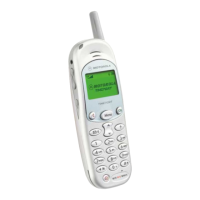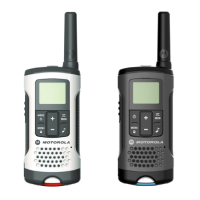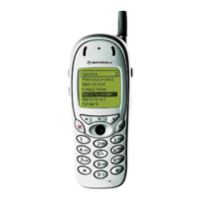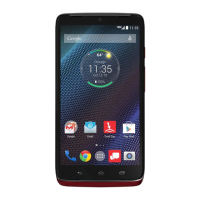40
Coding Example
This chapter explores how you can extend the capabilities of the Lightweight Windowing
Toolkit’s (LWT) Button class to enhance a program with unique components. It is not
meant to be a tutorial on LWT or using the Button class, but to demonstrate how easy it is
to expand LWT for special purposes.
Button Overview
The program displays several LWT Buttons and two custom RoundButtons on the
device's screen. You use the navigation keys to select the different Buttons. Note how the
button's appearance changes as it gains focus. Press the Enter key to actuate the Buttons
or RoundButtons. You will see how to customize this class to make a unique button
design, while inheriting many of the features of the Button class. Finally, you will see that
there are many ways to arrange LWT components on a mobile information device’s (MID)
screen.
The objectives for this code example include:
• To build an example program that displays several Button objects
• To examine example code that extends the Button class to make a round button
• To change the various characteristics of buttons, such as whether they are enabled
or visible
• To change the offset fields of particular buttons and observe how their arrangement
changes on-screen
• To see how to implement both an LCDUI command listener and LWT component
listener in the same application
Download the complete LWT Button source code (called button.zip) from the
MOTOCODER web site: www.motorola.com/wireless/developers.
Characteristics of LWT Buttons
One of the most valuable capabilities of the Motorola LWT is that it provides a toolbox of
ready-made user interface (UI) components. You use these components to implement the
interface to your mobile application.

